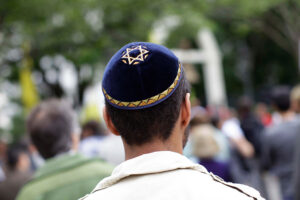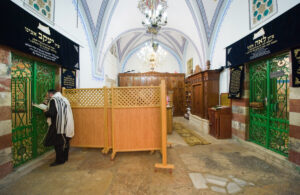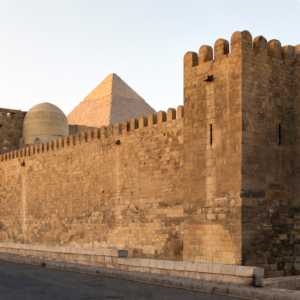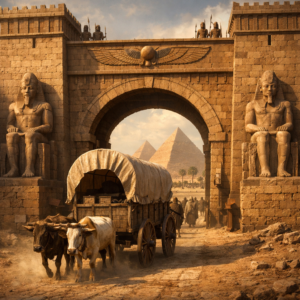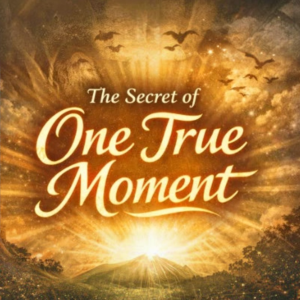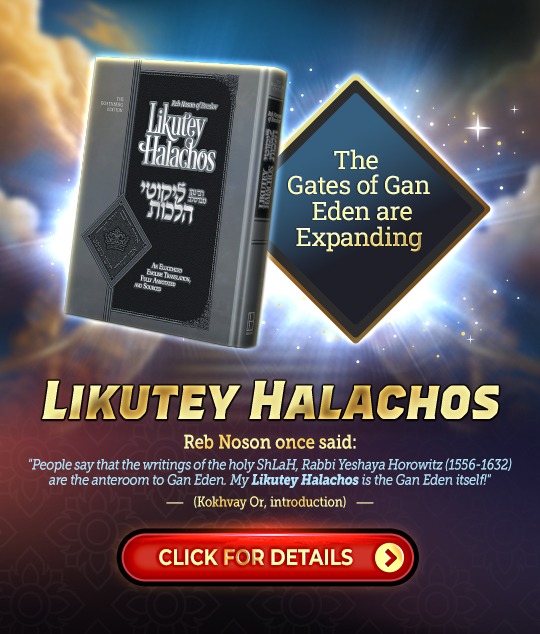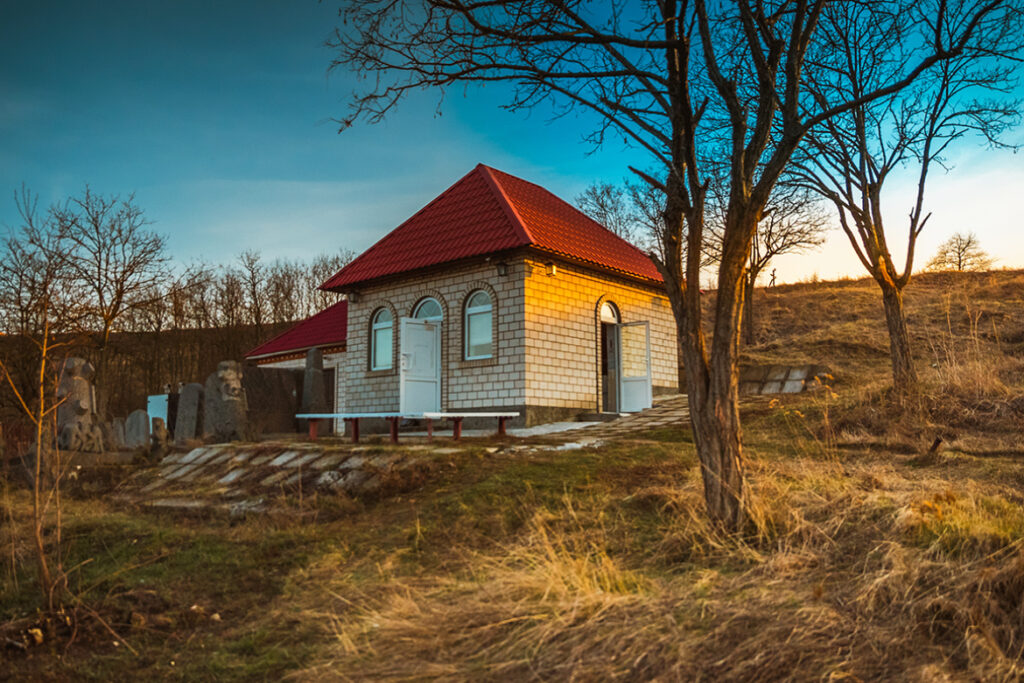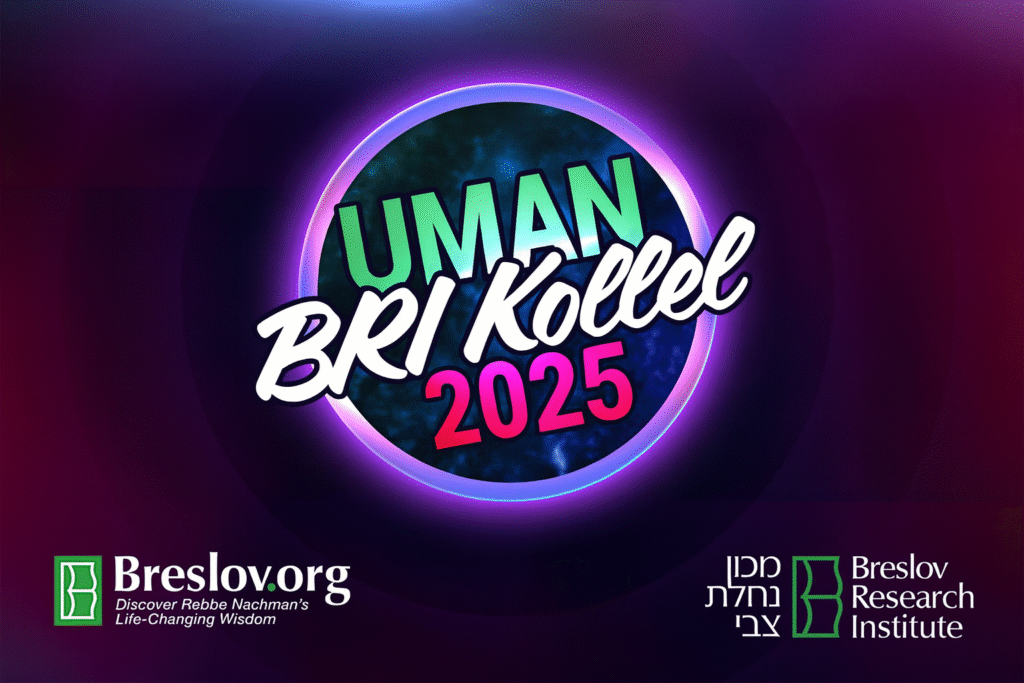Moshe Rabbeinu Appoints Yehoshua
ADAPTED FROM HIS AUDIO SHIUR ON SHEVACHAY HARAN LESSON 1A
Moshe Rabbeinu’s Tefillah
In this week’s Parshah, Pinchas, we read how Moshe Rabbeinu was told by HaShem that he would not be allowed to enter Eretz Yisrael. Moshe accepted the decree, but he didn’t stop there. Right away, he turned to HaShem and said: if I can’t go in, then at least appoint someone to take over. Don’t leave the people without a leader. And HaShem answered him: take Yehoshua bin Nun, your student, and give him semicha in front of the people—let everyone see he’s the next leader. But behind this whole story is something deeper. Moshe Rabbeinu never gave up hope. His heart was still burning with one desire: to get into Eretz Yisrael. Not just spiritually—but physically, alive, with his feet on the ground. The following Torah brings out how strong that desire was, how far Moshe went with his tefillos, and what became of them. It also shows us a secret—that Moshe Rabbeinu’s tefillah never stopped. It continued in every generation. And it was only much later, through the Tzaddik Emes of our generation, that the tefillah reached its final goal. The Torah tells us Moshe Rabbeinu told the Jews, “va’esachanan el HaShem ba’es ha’hi leimor“, I prayed to HaShem, I davened to Hashem. What was my prayer? HaShem, please, allow me also to enter into Eretz Yisrael. What was my crime? What did I do? I struck the rock instead of speaking to it. It was a crime that was justified; it could be vindicated. In addition, let us say that the crime was an actual sin. The fact remains that HaShem created the world, created the Torah, created the Jews, and gave every Jew a special privilege. The privilege was that if you commit a sin you do not pay for it immediately; you don’t have to die for it. HaShem prescribed Teshuva, repentance, as a medicine. So every Jew, no matter how evil he is, as long as he is alive he can repent for his sins and be forgiven.
515 Prayers
Moshe Rabbeinu said to HaShem, why am I worse than any other Jew? There was no sin, but let’s say I confess there was a sin. I also do Teshuva, I repent. Whatever I did, I repent; I am entitled to forgiveness, the same as any other Jew. And if so, then I ask permission to enter into Eretz Yisrael. HaShem refused this Tefillah and Moshe Rabbeinu did not stop. He davened again to HaShem to be permitted to enter. Again he was refused. He continued to daven again and again, and he said, “va’esachanan el HaShem“, I pleaded, I prayed to HaShem, va’eschanan. The gematria of the Hebrew word תְּפִלָּה (tefillah – prayer) is 515, the same as וָאֶתְחַנַּ֖ן (va’eschanan). When I reached the 515th prayer, HaShem said to me, “rav lach, al tosif“, enough. Don’t you dare add one more Tefillah to this, because 515 is Tefillah, add one and kavyachol I’ll be forced to consent to your request, and I don’t want you to enter. So Moshe Rabbeinu was forced to stop right there. But we have the knowledge that if he would have one more Tefillah he could enter into Eretz Yisrael.
The 50th Gate Of Wisdom
And so he passed away outside of Eretz Yisrael, MaEver HaYarden. The Gemara says that there are 50 degrees of wisdom and Moshe Rabbeinu had achieved 49 of those degrees. “Vayal el har nevo“, he went up to Mt. Nevo. What is Har Nevo? There he passed away. Har Nevo, har, nun, bo, a mountain where 50th degree was achieved. How was it achieved? Not physically but spiritually, his Neshama. The word Neshama consists of two words moshe, nun. Moshe Rabbeinu as a soul achieved the 50th degree of wisdom. As a soul, the Zohar HaKodesh tells us that then he did enter into Eretz Yisrael.
Moshe Rabbeinu’s Grave
If you want to visit the grave of Moshe Rabbeinu, go to Chevron, to the Ma’ares HaMachpela. There is a tunnel leading from Mt. Nevo outside of Israel to Chevron, to the cave of four couples, and that’s where Moshe Rabbeinu’s Neshama is. But he got there only as a Neshama; that’s not what he wanted. The Zohar HaKodesh says that Moshe Rabbeinu b’chol dor vador—he continues to live in every single generation that exists. Moshe Rabbeinu comes back b’gilgul. The Gemara says, the pasuk in Koheles: “a generation goes, and a generation comes”— a whole generation dies, a new generation comes. The Gemara asks what does this mean? A generation dies. What is a generation? Shishim ribo—600,000 Jews die, a new generation comes. The Gemara says this means that the generation that has gone returns—gilgul; it is a reincarnation. Those who die must return, must come back. Exactly how is that possible? The answer is, the Zohar HaKodesh says: this 600,000—as the Gemara says—there was a woman in Egypt who gave birth not to sextuplets, to six children, but she gave birth to 600,000 children. How can a woman give birth to 600,000 children? The Gemara answers: this was Yocheved, the mother of Moshe Rabbeinu, because he was shakul, equal to the entire Klal Yisrael. Giving birth to one child—Moshe Rabbeinu—is the same as giving birth to the whole 600,000 Jews. So when we say this generation that goes returns, it means Moshe Rabbeinu comes back in every single generation. He is reborn, reincarnated in each generation. We must have a Moshe Rabbeinu in every generation. It means that a part of his Neshama is included in every Tzaddik Emes of each generation.
The 516th Tefillah
Moshe Rabbeinu’s striving never ceased—his soul kept returning through gilgulim, again and again. What was his ultimate goal? What was his deepest desire? To enter Eretz Yisrael physically, in his lifetime. And this is where that longing was finally fulfilled. Rebbe Nachman’s name contains the word moach (mind), and the letter nun, alluding to the 50th level of wisdom. That level—the Nun Shaarei Binah—was reached by Rebbe Nachman during his lifetime. Because of this, the soul of Moshe Rabbeinu was misgalgel (reincarnated) into Rebbe Nachman. And that’s why Moshe Rabbeinu’s dream was ultimately realized—through Rebbe Nachman, who merited to reach Eretz Yisrael. Even his name holds a clue: Rebbe Nachman ben Faiga is gematria 516—exactly one more than the 515 tefillos Moshe Rabbeinu davened. HaShem told Moshe to stop at 515: “Don’t add one more, or you will succeed.” That one extra tefillah came through Rebbe Nachman. He completed the mission—and the gate to Eretz Yisrael opened.
- 0 comment




